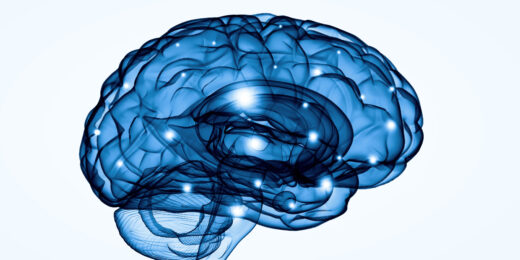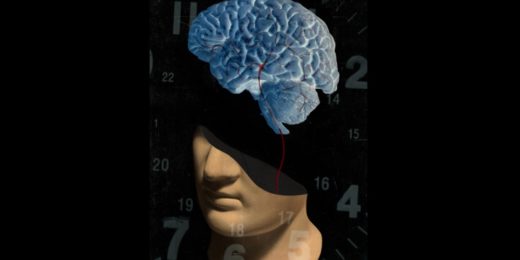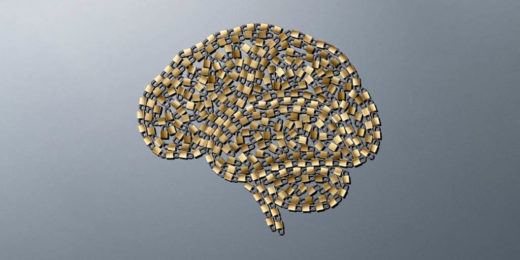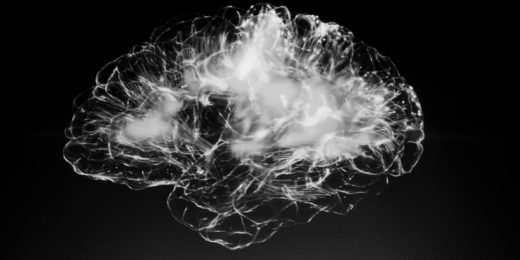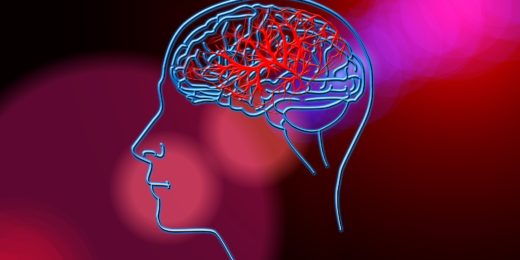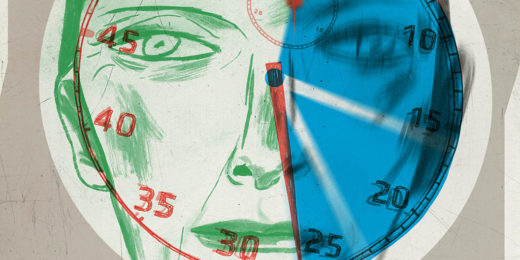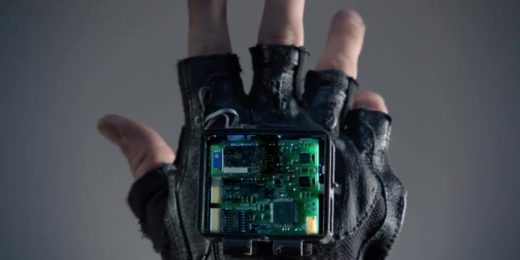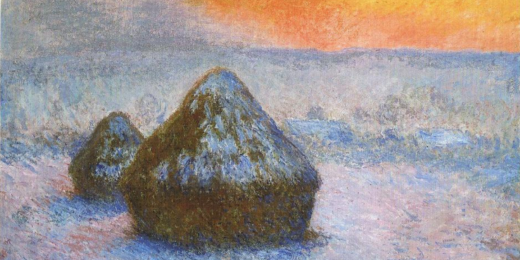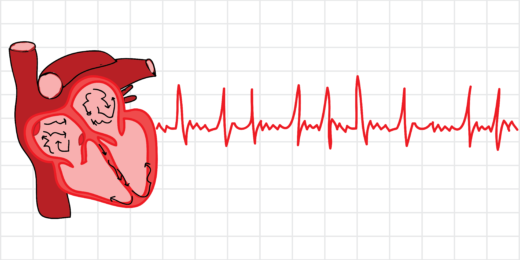Stanford Medicine scientists and collaborators discover a treatment in mice to repair the blood-brain barrier, which is key to brain health.
Category: Stroke
Imaging technique improves outcomes for many stroke patients
Researchers at Stanford Medicine create new imaging technique to increase the window in which stroke patients can seek care.
Stanford Medicine magazine: Unlocking the brain’s mysteries
This new issue of Stanford Medicine magazine explores scientific advances that are helping unlock the mysteries of the brain.
Stanford patient recounts journey back from massive brain bleed
Ten years after a Stanford patient suffered a massive stroke and underwent two brain surgeries, she's publishing a book of poems.
Brain imaging for stroke patients dropped off during COVID-19 height
In U.S. hospitals, the frequency of brain imaging for acute stroke patients dipped, suggesting hesitancy to seek medical care for non-COVID-19 conditions.
Connecting patients with loved ones, when COVID-19 keeps visitors away
One challenge of the COVID-19 outbreak has been helping socially-distanced families connect with gravely-ill loved ones, writes Stanford resident Adela Wu.
Shaving minutes off stroke treatment
An article in Stanford Medicine magazine examines how Stanford Health Care cut half an hour off its stroke treatment time, helping patients.
Aspirin for prevention: Should you take it?
In this final piece on aspirin for prevention of heart attack and stroke, Randall Stafford explains factors for doctors and patients to consider.
Aspirin for prevention: Know your risk of heart attack or stroke
In this installment of "Aspirin for prevention," physician-researcher Randall Stafford provides tips to calculate the risk of heart disease or stroke, to inform decisions about taking aspirin preventatively.
Muting an inflammatory loudspeaker on immune cells shrinks acute stroke damage
Selectively subduing a set of cells that migrate to the brain after a stroke occurs could meaningfully treat the stroke even days later.
Time: The huge game changer for treatment of stroke, a podcast
In this 1:2:1 podcast, Greg Albers, director of the Stanford Stroke Center, joins host Paul Costello in conversation about the latest in stroke research.
Could a vibrating glove become part of stroke therapy?
Stanford researchers are collaborating to develop a vibrating glove that could improve hand function following a stroke if worn for several hours a day.
“Asian” isn’t specific enough for health data, research suggests
While different Asian groups vary in their risk for heart disease and stroke, all Asian groups are more likely to die early of a stroke than whites.
Needle in a haystack: Two days after stroke, a handful of blood cells reveal risk of dementia a year later
A pattern of inflammatory activity in circulating blood cells just two days after a stroke predicts the loss of substantial mental acuity a full year later.
Understanding AFib: Why do I have this? Should I take blood thinners?
In the second piece in a the Understanding AFib series, physician Randall Stafford examines which patients should use blood thinners.
Understanding AFib: A heart dancing without rhythm
In the first of a series on atrial fibrillation, physician Randall Stafford explains the condition and how it increases the risk of stroke.


